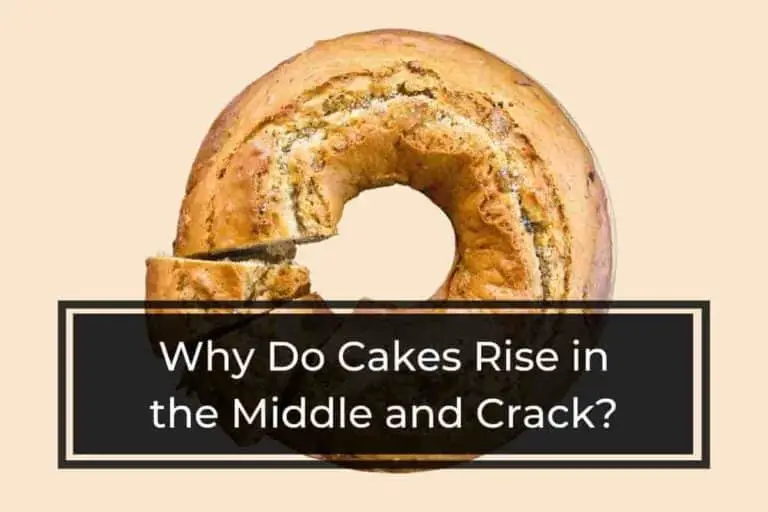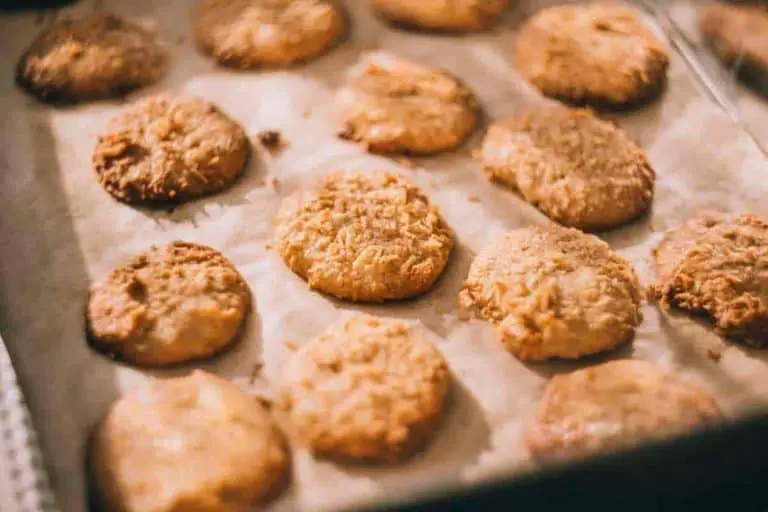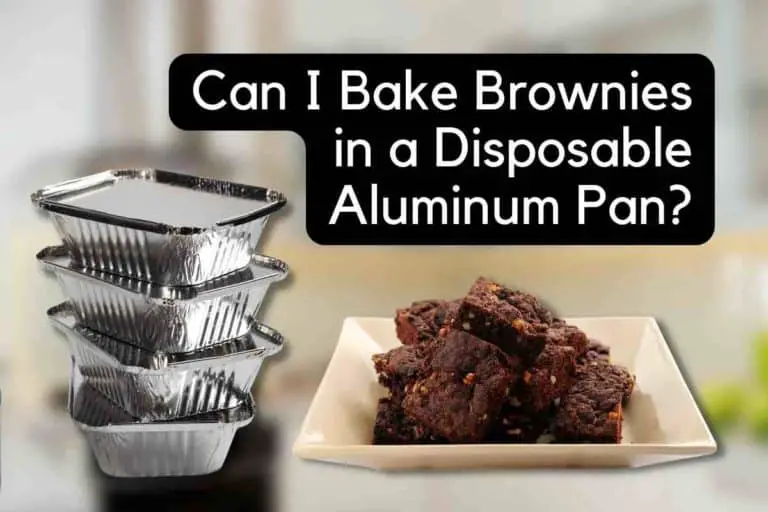Baking Powder Vs Bicarbonate of Soda: What’s the Difference
The baking powder and bicarbonate of soda are leavening agents, which means they produce bubbles when you add them to the batter. It expands the batter when it cooks and causes it to rise. However, both products are different, not interchangeable, and are used for specific purposes.
What is the difference between baking powder and bicarbonate of soda?
The main difference between baking powder and bicarbonate of soda is that baking powder is a blended mixture containing dry acids or acidic salts, baking soda, and starch like corn starch, and rarely includes the tartaric acid, also known as cream of tartar. While bicarbonate soda, also known as bicarb soda, is a pure leavening agent that is alkaline and used in recipes to mix acids and moisture mixtures.
If you are interested in checking out the top quality baking powder, you can find them on here.
To know more about baking powder and bicarbonate, let us look at the difference table between them.
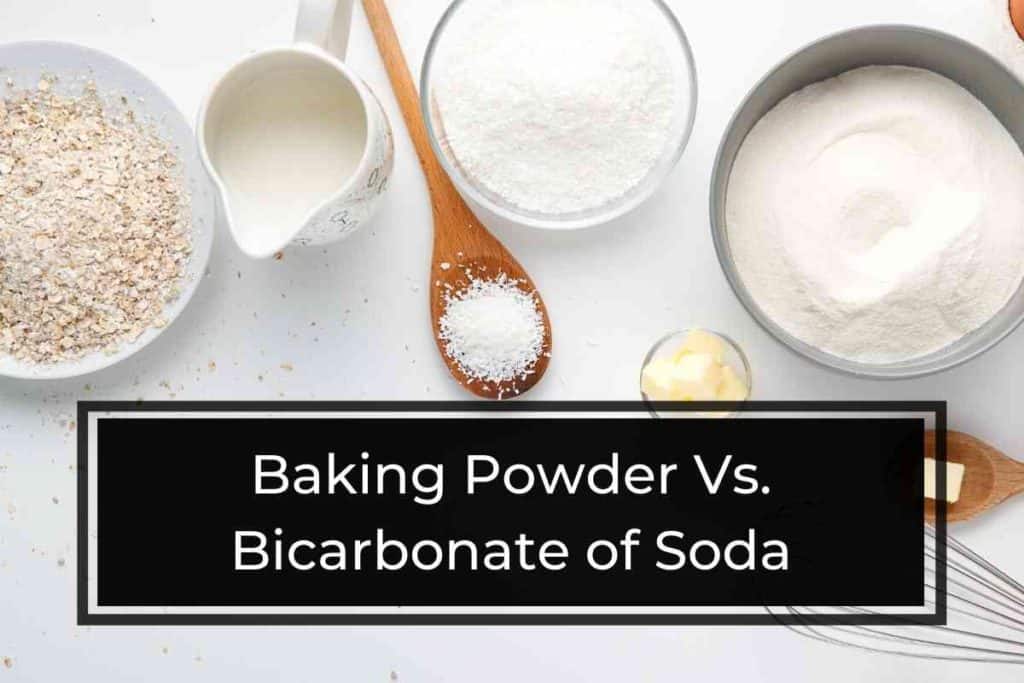
Baking Powder Vs Bicarbonate of Soda: Comparision Table
| Feature | Baking Powder | Bicarbonate soda |
| Nature | Acidic in nature | Alkaline in nature |
| Substitute | It can be used in place of baking soda | It cannot be substituted in place of baking soda |
| Ingredients | It is a blend of dry acid, cream of tartar, and baking soda | Only one ingredient, Sodium bicarbonate |
| Formula | NaHCO3 with acid | NaHCO3 |
| Uses | Used in baking to raise the batter while cooking | Multiple uses |
| Substances | It has Monocalcium Phosphate, which reacts with NAHCO3 on wetting or heating. | It does not have Monocalcium phosphate |
| Reaction | It does not react immediately with acids | Gives an immediate reaction |
| Leavening Process | The second acid enhances its leavening process | Shorter leavening process |
What Is Baking Powder?
Baking powder is a dry chemical, a raising agent, and a leavening agent that is made from baking soda (sodium bicarbonate), tartaric acid (cream of tartar), and cornstarch (corn starch).
The baking powder acts as a double leavener, and since it already contains acid to neutralize baking soda, one does not need to add any additional acid to the recipe.
1. How to Make Baking Powder?
Baking powder can easily be made by adding one part of baking soda, one part of cornstarch, and two parts of cream of tartar. You can easily change the combination.
Suppose your recipe needs 1 tablespoon of baking powder; you can mix half a tablespoon of baking soda, half a tablespoon of starch, and 1 tablespoon of cream of tartar.
2. Uses of Baking Powder
In the market, baking powder is available in two types, single-acting and double-acting baking powder, based on their reaction with different ingredients and the gas released as the powder reacts with them. Hence, baking powder has multiple uses in cooking, cleaning, and industrial.
Let’s look at some of the most common uses of baking powder.
- Baking powder is used as a leavening agent in baked goods.
- It is used as a cleaning agent for household items.
- The expired baking powder can be used as baking soda.
- Baking powder is the best scrubbing agent and is used to clean countertops.
3. Benefits of Baking Powder
There is no authentic research on the health benefits of baking powder. However, a few advantages are linked to the baking soda present.
One tablespoon of baking powder contains 456 mg of phosphorus and 339 mg of calcium, and some minerals and vitamins. Both calcium and phosphorus are essential for the growth of healthy bones, teeth, and nails.
What Is Bicarbonate of Soda?
Bicarbonate of soda, also known as baking soda, is alkaline and is used to enhance the flavor of cakes such as carrot cakes, gingerbread, and chocolate cakes. Acid is needed to activate it, like butter, cream of tartar, yogurt, etc.
Bicarbonate produces carbon dioxide, which raises the cake or batter, and once cooking is done, the CO2 is replaced with air leaving the perfect light bread and cake.
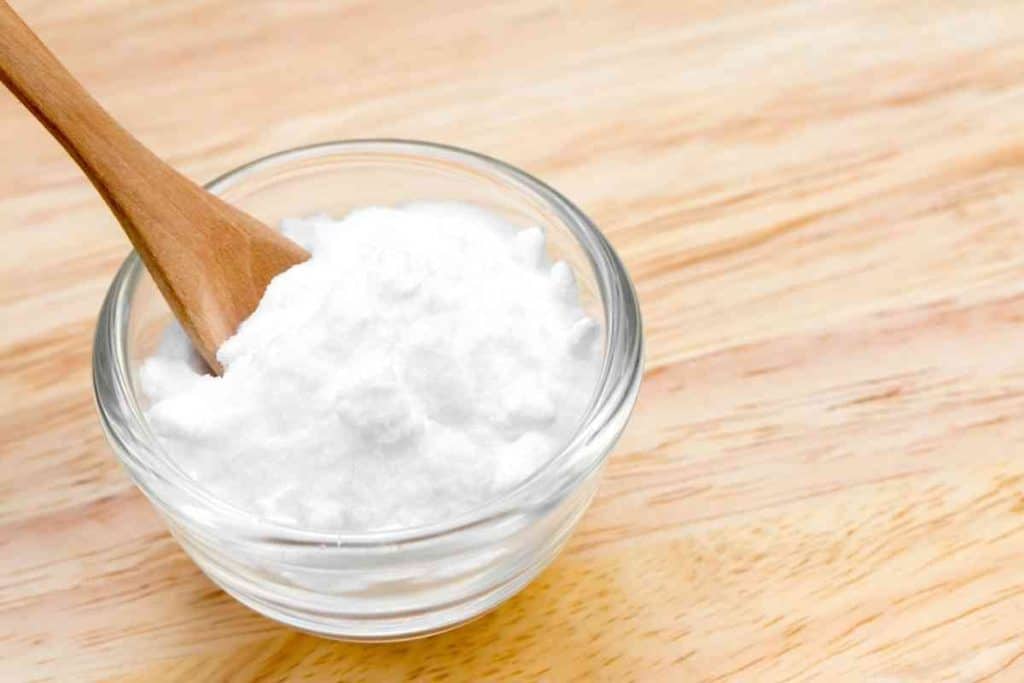
1. Uses of Baking Soda
Baking soda is a versatile ingredient that can also be used outside the kitchen. It is considered a household staple with multiple uses not only in cooking but also for cleaning, and nowadays, it is also used in chemotherapy medicines.
Let’s look at some practical uses of baking soda to learn more about it.
- It is used for heartburn and to boost exercise performance.
- Baking soda is best for teeth whitening and is used in toothpaste at an industrial level.
- It is best used as a stain remover to clean tile grout.
- Baking soda works perfectly to remove foul odor.
2. Benefits of Baking Soda
The baking soda also known as bicarb soda or bicarbonate soda, adds the perfect fluffy texture to various foods, such as cakes, muffins, and bread. As a result of its leavening properties, it reacts with acids to produce carbon dioxide, which raises the batter.
Let’s look at some of the benefits of baking soda.
- Baking soda is a good teeth whitener used in mouthwash on an industrial scale.
- It works best to neutralize the fridge odor and is also used in deodorants.
- Baking soda works as a great laundry agent for whitening clothes and is used as a kitchen cleaner.
- Baking soda is perfect for healing burns.
- It is also used to soothe canker sores (small painful ulcers inside the mouth).
Bicarbonate of Soda Instead of Baking Powder
Bicarbonate soda is three to four times more potent than baking powder. Baking powder can be substituted for bicarbonate soda, but you need to add more acidic ingredients to counteract its effects. It is recommended to use 1/4th of bicarbonate soda to substitute baking powder.
Can I Use Bicarbonate of Soda in Cakes?
The bicarbonate of soda or baking soda can be used instead of baking powder in cakes. But remember that bicarbonate is 3-4 times stronger than baking powder, so you need to add some extra acidic ingredients in the batter for an even result.
Whether baking soda or baking powder, mix it with the other dry ingredients before adding the better to ensure uniformity and avoid the larger hole in the end product.
Can I Use Bicarbonate of Soda in Pancake?
If you use buttermilk in pancake batter, then bicarbonate of soda will be more preferred than baking powder. Because buttermilk is more acidic and provides an excellent environment to reach with the bicarbonate soda, hence produces a perfect texture.
Baking powder and Bicarbonate soda both work as raising agents for pancakes, but both will produce a more fluffy texture when using buttermilk.
Also, check out our detailed guide on how baking soda makes pancakes fluffy.
Can I Use Bicarbonate of Soda in Scones?
In baking scones, soda or bicarbonate of soda can be used if you have added an extra amount of acid. Mostly baking powder is used in the scones if you did not add any acidic ingredients.
But if you have added acidic ingredients, including yogurt, buttermilk, vinegar, etc., you must use bicarbonate of soda. Let’s look at the chemical reaction to know how they make the perfect puffin scones more accurately.
Can I Use Bicarbonate of Soda in GingerBread?
In gingerbread, the bicarbonate of soda is a perfect choice because it activates more efficiently than baking powder. Baking soda, or bicarbonate of soda, gets activated with the oven heat and starts acting fast as soon as it reacts with the liquids and acid ingredients.
This reaction is needed to aerate gingerbread batter when poured into the tin. Hence, your gingerbread gets perfectly baked with a light texture.
Chemical Reaction of Bicarbonate of Soda:
HCO3– + H+ ⇌ H2CO3 → H2O + CO2
In this reaction, the equilibrium part means that it can go forward and backward, which is commonly observed in acid-base reactions. In the second part of the reaction, water (H2O) and carbon dioxide (CO2) are formed.
Once these two products form, they cannot quickly reverse and evaporate, leaving scones’ puffy and light texture behind. This means scones rely on the leavening agent for their puffy texture and baking soda is one of the best leavening agents in this case.
Baking Soda Vs. Baking Powder for Cleaning
Baking soda and baking powder cannot be substituted for each other in cleaning. However, baking powder is not designed for cleaning; it is best recommended for baking, so it cannot be used for cleaning purposes. While baking soda is considered the best cleaning agent and is used for various purposes.
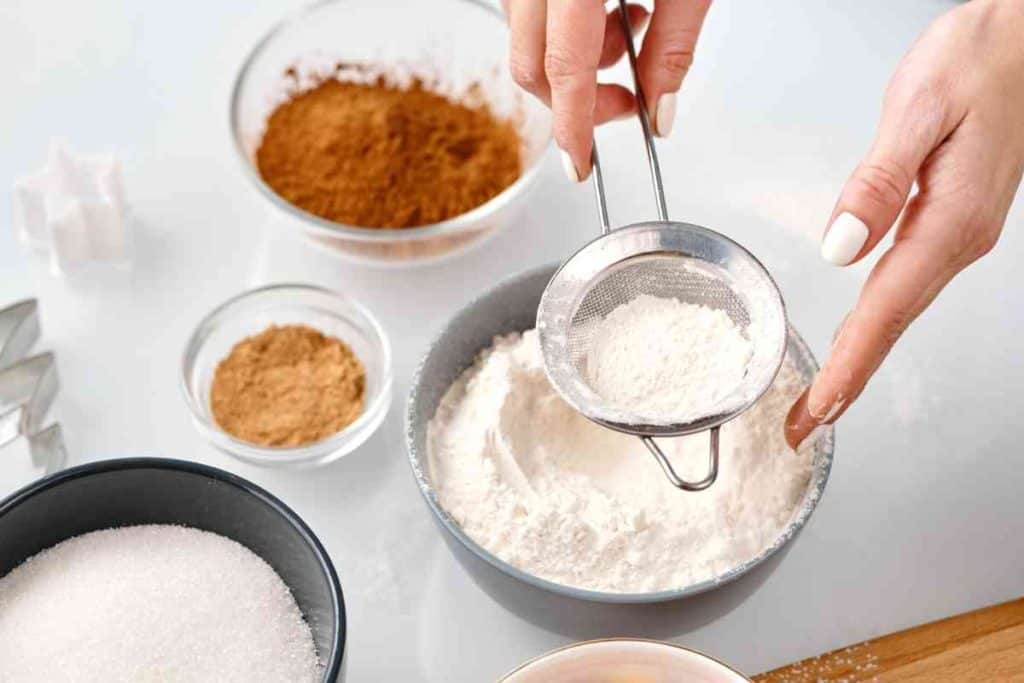
Baking soda is made with just a single chemical, bicarbonate of soda. Which is also known as sodium bicarbonate.
When baking soda is used for baking, it only needs an acid to start its reaction, just like in cake, to raise the batter. Similarly, baking soda works best when it reacts with an acid in cleaning.
Baking powder combines chemicals, including bicarbonate of soda and acid and cream of tartar.
This means baking powder only needs liquid to start its reaction. Similarly, in terms of cleaning, it works as the best cleaning agent but is not better than baking soda due to its low price and easy availability.
Cleaning with Baking Powder and Vinegar
Vinegar best reacts with baking soda for cleaning, but baking powder already has baking soda and acid, which only needs a liquid.
The chemical reaction starts when vinegar interacts with the bicarbonate soda in baking powder. However, baking powder is formulated deliberately, and the chemical reaction does not get started until the exact temperature is reached.
- Baking powder can be used as a deodorizing agent when reacting with vinegar.
- It works as the best antiseptic if you are stung by an insect. Make a thick baking powder and vinegar paste and apply it to the infected area.
- If you want to keep your fridge clean, then put a box of baking powder in it.
- The baking powder and vinegar mixture works best for grease from your electrical appliances.
- Another great use of baking powder and vinegar is to clean the combs and brushes.
Baking Powder for Cleaning Oven
Baking powder contains sodium bicarbonate and acid, which work as the best cleaning agents when reacting with any liquid or vinegar and producing bubbles indicating the chemical reaction.
Hence, it works best for cleaning the oven and other electrical appliances overnight, but make sure to remove all the particles because they cause smoke if they stay on the fire element.
Let’s see the basic steps to clean the oven with the use of baking powder and vinegar:
Steps to clean the Oven with Baking Powder:
1. Take Baking Powder, Water, and Vinegar:
Take 5-7 tablespoons of baking powder, 200 ml of vinegar, and around 4 tablespoons of water. Ensure all the grills, trays, racks, and dishes are from the oven.
2. Scraped Out the Crumbs:
In the second step, scrape out all the burnt food crumbs with the help of a spatula. Take a spray bottle and pour the vinegar into it.
3. Prepare paste:
Mix the baking powder with the water to form a paste, mixing well until you get the proper spreadable texture of the paste.
4. Spread the Paste and Make a Coating in the oven:
Utilize a brush to spread the paste evenly inside the oven, and be sure to cover all the dirty areas. In particular, cover the greasy area and rub it well with your fingers or a sponge. You will see the light brownish color appear.
5. Rest the Past Overnight:
If you want to remove stubborn dirt and stains from grease, it is better to leave the paste overnight, or at least 12 hours, to get good results.
6. Wipe Up the Paste:
After 12 hours, put on your gloves and take a damp towel to wipe the paste off. Completely wipe out all the dried paste with the help of a plastic spoon or spatula.
7. Apply vinegar:
Finally, apply the vinegar with the help of a spray bottle inside all parts of the oven. A chemical reaction will occur between the sodium bicarbonate and vinegar, forming bubbles and adequately removing all the hidden grime and grease inside the oven.
8. Final Cleanup:
Clean up all the parts with the dump dishcloth and apply the vinegar again until you get the best result.
Baking Powder Vs. Baking Soda Formula
Baking powder is a leavening agent and a mixture of sodium bicarbonate, dry acid, and cream of tartar. It is mainly used as a raising agent in baking cakes, muffins, bread, etc. It consists of basis, acids, and buffering material that prevents the early reaction of acid and base reactions in the batter.
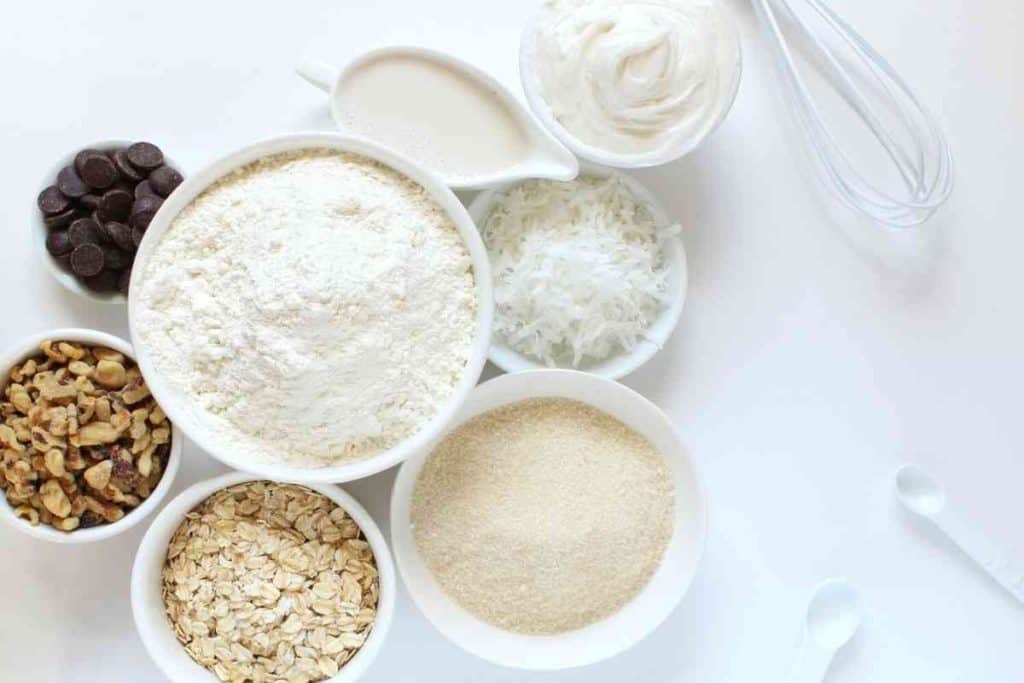
1. Baking Powder Formula
The chemical term for baking powder is sodium hydrogen carbonate. It is also known as sodium bicarbonate in supermarkets. However, sodium bicarbonate is an older name, and its chemical formula is NaHCO3.
Baking powder is a two-in-one leavening agent that mixes powdered acids in the form of tartaric acid with powdered alkali such as sodium bicarbonate. A chemical reaction occurs when carbon dioxide and water form by inflating the cakes and cookies when moistening the dough or batter.
The actual purpose of baking powder is to add volume, lightening the texture of baked goods. The formation of CO2 gas during the acid-base reaction causes bubble formation and expansion of the leavening mixture, which produces a fluffy texture.
2. Baking Soda Formula
The chemical term for baking soda is bicarbonate or HCO3, bound with the Na atom. When water is added to it, a chemical reaction occurs with the removal of CO2 gas. In actuality, bicarbonates dissolve in water, resulting in the reduction of carbon dioxide gas.
The baking soda works as leavening in the dough batter of cookies, cakes, bread, or muffins. When reacting with the acid or water, it generates CO2 and dissolves all the bicarbonates, resulting in a porous and rising texture of the baked goods.
The actual purpose of baking soda is just like baking powder to increase the volume of baking goods. The best thing about baking soda is that it’s inexpensive, readily available, non-toxic, and easy to handle, and it does not add any extra taste to the finished product.
Final Thoughts
Baking powder and baking soda both work as leavening agents and can be used as substitutes for each other by altering the amount of product.
The primary purpose of using them in baking goods is to increase the volume and produce a soft and fluffy texture due to their acid-base reaction in the batter.
Besides baking, there are many other uses for baking powder and baking soda mentioned above. With vinegar, they give perfect results in cleaning stubborn stains and odors. However, you should always wear gloves to avoid mishaps while using these products.
If you are interested in the best kitchen products and accessories, be sure to visit my Recommended Products Page (click to see my page), Which includes all of my top picks by category.

![Why Do Cakes Shrink After Baking? [Here’s the Answer]](https://orbitkitchen.com/wp-content/uploads/2021/10/Why-do-cakes-shrink-after-baking-768x512.jpg)
